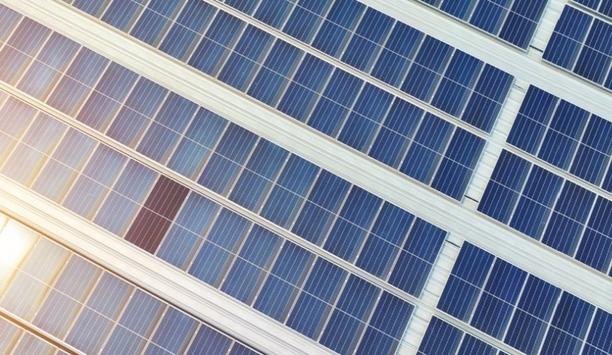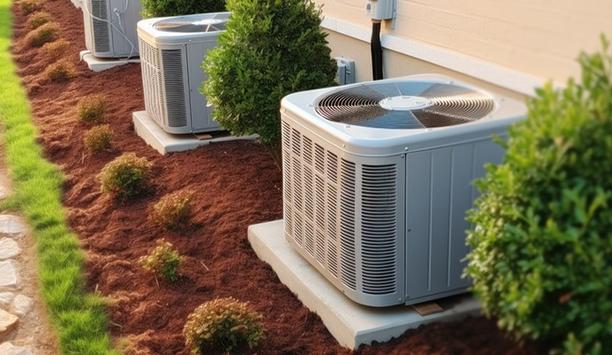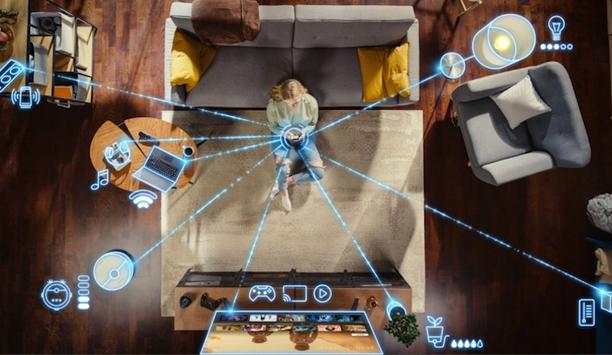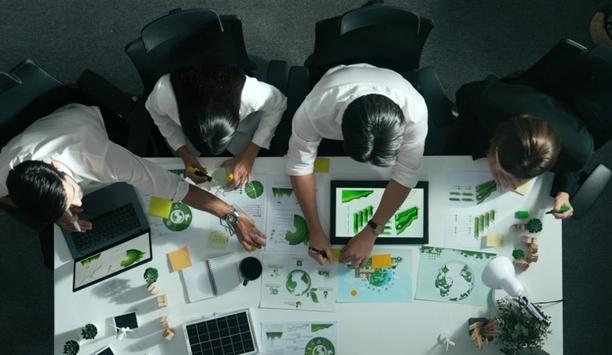New tax credits and rebates are poised to infuse billions of dollars into the HVAC marketplace in the United States, making a variety of high-efficiency technologies more affordable for consumers and generating additional revenue in the HVAC market for years to come.
clean energy investments
A new law provides Americans with access to $370 billion for clean energy investments in the form of tax credits, incentives, and rebates to improve energy efficiency. There is also a tax deduction for owners of commercial buildings retrofitted to meet energy-saving goals.
In August 2022, President Biden signed the Inflation Reduction Act, which (despite its name) focuses on billions of dollars of spending on climate change and healthcare. Families can take advantage of clean energy and electric vehicle tax credits to save up to $1,200 per year.
Energy-Efficient Home Improvement Tax Credit
Inflation Reduction Act provides $14,000 in direct consumer rebates for families to buy heat pumps or other home appliances
The law renews the Energy-Efficient Home Improvement Tax Credit and increases the credit limit for installing high-efficiency equipment such as heat pumps, central air conditioning systems, furnaces, hot water boilers, etc. The program is extended through 2032.
The $1,200 annual cap includes up to $600 for a qualified air conditioner or gas furnace, and up to $2,000 for a qualified heat pump, heat pump water heater, or boiler. There are no income requirements, and the tax credit can be combined with local or utility rebates. In addition, the Inflation Reduction Act provides $14,000 in direct consumer rebates for families to buy heat pumps or other energy-efficient home appliances (contingent on income requirements).
High-Efficiency Electric Home Rebate Program
The High-Efficiency Electric Home Rebate Program (HEEHRP) provides point-of-sale rebates as high as $8,000 for a space heating or cooling heat pump.
It also provides an $840 rebate on a stove, cooktop, range, oven, or heat pump clothes dryer, and $1,750 for a heat pump water heater. An additional rebate is available for non-appliance upgrades such as insulation, air sealing, and ventilation ($1,000).
Rebate criteria
There are limits to the amount families can receive, based on income and other factors. For example, a rebate cannot exceed 50% of the cost of a qualified project if the family’s annual income is between 80% and 150% of the median income in the area.
For lower-income households, 100% of costs are covered. Each family is limited to $14,000 or less in total rebates under the program.
Distribution and benefits
Rebates will be distributed through state and tribal governments that establish their qualifying programs
Rebates will be available beginning in January 2023 and continue through September 2031. Rebates will be distributed through state and tribal governments that establish their qualifying programs. How the rebates are distributed will vary from state to state.
The new law will be a boon to manufacturers and installers of high-efficiency products such as variable-speed compressors and heat pumps.
cleaner, cost-effective product solutions
"The federal government is making a substantial investment in electrification, which is a significant step to reducing emissions and combatting climate change,” says Alok Maskara, Chief Executive Officer at Lennox International.
“As these new programs and incentives become available, we're committed to supporting Lennox dealers as they provide homeowners with cleaner, cost-effective product solutions for their homes."
energy security
These incentives present consumers with an opportunity to replace any aging, lower-efficiency HVAC systems"
“By bolstering current supplies while accelerating the sustainable energy transition, the energy provisions of the Inflation Reduction Act will strengthen energy security and meaningfully reduce emissions, representing an important step towards a better future,” says Katie McGinty, vice president, and chief sustainability officer, Johnson Controls.
"The[se] unprecedented incentives present consumers with a compelling opportunity to replace any aging, lower-efficiency HVAC systems with advanced, high-efficiency technology at a fraction of the cost," says Chris Nelson, President, HVAC, Carrier.
cost savings with climate-friendly technologies
"The cost savings are measurable for both the initial purchase and monthly energy costs as are the environmental benefits. Encouraging this shift to climate-friendly technologies signals an important step forward, and Carrier is committed to doing its part to drive progress."
Carrier has launched its new Carrier EcoHome Program, which offers low-rate financing and additional savings on eligible high-efficiency products such as the Infinity series air conditioners and heat pumps.








































